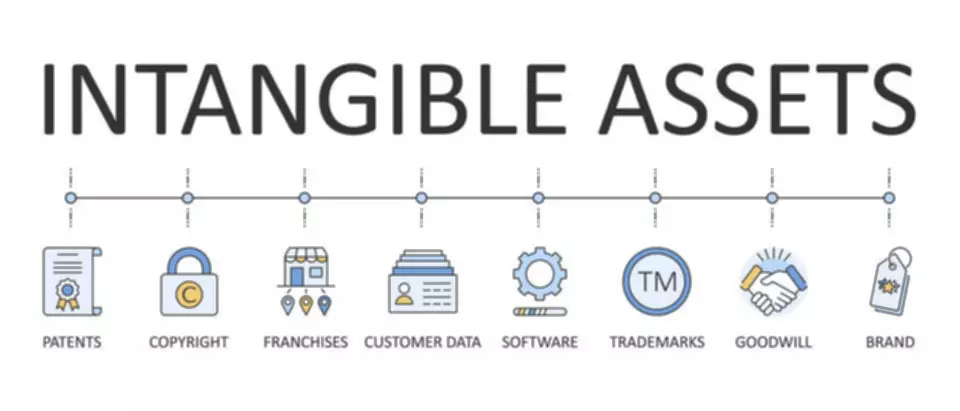Content

You can find the value of current liabilities on the company’s balance sheet. Our company’s current ratio of 1.3x is not necessarily positive, since a range of 1.5x to 3.0x is usually ideal, but it is certainly less alarming than a quick ratio of 0.5x. The company appears not to have enough liquid current assets to pay its upcoming liabilities. There is no single, hard-and-fast method for determining a company’s acid-test ratio.
Like the quick ratio, it’s ideal to have a current ratio of 1 or higher, but too high (such as 3 or higher) might indicate that you’re not putting extra income to productive use. In particular, businesses that move their stock quickly (such as grocery stores) might have a low quick ratio after subtracting inventory but still be able to pay off short-term liabilities. Cash equivalents (CE) are assets with a maturity of three months or less, such as treasury bills.
Quick Ratio FAQs
The information needed for this calculation can be found on the balance sheet. An analysis of excessively old accounts receivable can be found on a company’s accounts receivable aging report. Accounts payable, or trade payables, reflect how much you owe suppliers and vendors for purchases. For example, if you have a five-year loan for a vehicle, the next 12 months of payments will be a current liability. Your ratio can tell you how well your business can pay its short-term liabilities by having assets that are readily convertible into cash.
What is the quick ratio of Coca Cola?
Coca-Cola Co has a quick ratio of 0.95.
Consider a company XYZ has the following Current Assets & Current liabilities. To learn more about this ratio and other important metrics, check out CFI’s course on performing financial analysis. Download our FREE whitepaper, Use Financial Statements to Assess the Health of Your Business, to learn about the three financial statements you should be keeping an eye on.
Examples of Quick Ratio Formula
The quick ratio is similar to the current ratio but provides a more conservative assessment of the liquidity position of firms as it excludes inventory, which it does not consider as sufficiently liquid. The quick ratio includes payments owed by clients under credit agreements (accounts receivable). But it doesn’t tell us when client payments are due, which can make the quick ratio misleading as a measure of business risk. If a business’s quick ratio is less than 1, it means it doesn’t have enough quick assets to meet all its short-term obligations. If it suffers an interruption, it may find it difficult to raise the cash to pay its creditors. In Year 1, the quick ratio can be calculated by dividing the sum of the liquid assets ($20m Cash + $15m Marketable Securities + $25m A/R) by the current liabilities ($150m Total Current Liabilities).
The quick ratio, also referred to as the acid test ratio, is a liquidity ratio that measures the ability of a company to pay off its short-term liabilities with quick assets that can be converted into cash within 90 days. Put simply, the quick ratio measures how much money a business could raise quick ratio equation from selling its near cash assets in order to pay current liabilities. Liquidity ratios are among the many financial ratios used to evaluate a business’s financial health and performance. Specifically, they express the company’s ability to pay back short-term debt using current assets.
How Do Client Payments Affect a Business’s Quick Ratio?
On the other hand, a very high ratio could indicate that accumulated cash is sitting idle rather than being reinvested, returned to shareholders, or otherwise put to productive use. The quick ratio measures the dollar amount of liquid assets available against the dollar amount of current liabilities of a company. It’s also known as the acid-test ratio and is worth learning—no matter your industry. The quick ratio helps you track your liquidity, which is your ability to pay bills in the short term.

Current assets are assets that can be converted to cash within a year or less. It includes quick assets and other assets that might take months to convert to cash. The quick ratio is a formula and financial metric determining how well a company can pay off its current debts.
The other two most commonly used metrics are the current and cash ratios. Investors, lenders, and potential suppliers may look at all three values when evaluating your business because one approach may be generous and another may be conservative. The quick ratio only considers readily available assets which means it cannot be used by companies that have significant https://www.bookstime.com/ amounts of fixed assets such as real estate or equipment. But because it does not take into account how long the accounts receivable will be realized as cash, it may still affect the liquidity of the company in a negative way. A ratio greater than 1 indicates that a company has enough assets that can be quickly sold to pay off its liabilities.

A quick ratio of 1.12 indicates you have enough quick assets to cover your immediate liabilities. Specifically, it means that for every $1.00 of current debt and expenses, you have $1.12 worth of quick assets to cover it. If you have a large accounts receivable balance and give your customers 180 days to make their payments, including the account’s total value would inflate your quick ratio, which might provide a false sense of security.
It may have to look at other ways to handle the situation, such as tapping a credit line for the funds to pay the supplier or paying late and incurring a late fee. The quick ratio is widely used by lenders and investors to gauge whether a company is a good bet for financing or investment. Potential creditors want to know whether they will get their money back if a business runs into problems, and investors want to ensure a firm can weather financial storms. What if a company needs quick access to more cash than it has on hand to meet financial obligations? The quick ratio is thus considered to be more conservative than the current ratio, since its calculation intentionally ignores more illiquid items like inventory. Because prepaid expenses may not be refundable and inventory may be difficult to quickly convert to cash without severe product discounts, both are excluded from the asset portion of the quick ratio.
